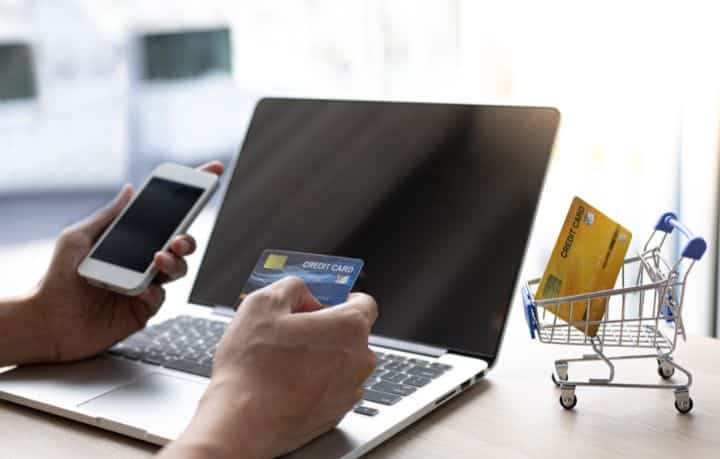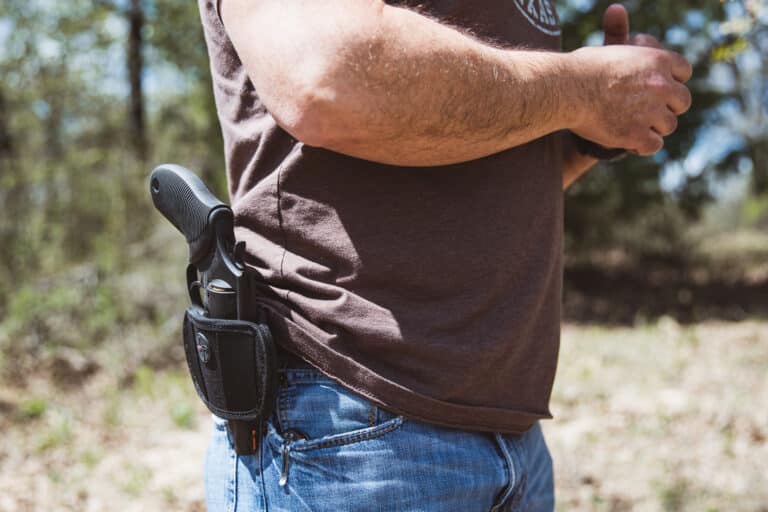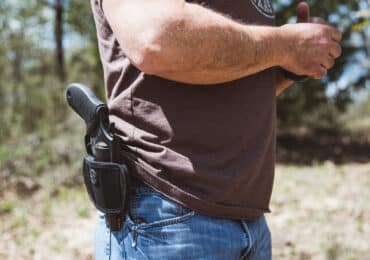Are you tired of constantly worrying about the unpredictable nature of cryptocurrency markets,including prop trading white label? Well, fear not! There is a solution that can help you manage your risk and potentially increase your profits.
Introducing cryptocurrency derivatives, a unique financial instrument designed to provide you with opportunities to hedge your investments and navigate the volatility of the digital asset world.
But what exactly are cryptocurrency derivatives, and how can they help you? Stick around, and we’ll uncover the answers together.

Understanding Cryptocurrency Derivatives
To understand cryptocurrency derivatives, you need to grasp the basic concept of financial contracts tied to the value of cryptocurrencies. Cryptocurrency derivatives explained refers to these contracts that derive their value from an underlying cryptocurrency asset, such as Bitcoin or Ethereum. Unlike traditional financial instruments, cryptocurrency derivatives allow traders to speculate on the price movement of cryptocurrencies without owning the actual asset. This opens up new opportunities for traders to profit from both rising and falling markets.
So, how to trade cryptocurrency derivatives? The first step is to find a reputable cryptocurrency derivatives exchange that offers a variety of derivative products, such as futures contracts, options, and swaps. Once you have chosen an exchange, you’ll need to open an account and deposit funds to start trading. It’s crucial to thoroughly understand the specific derivative product you want to trade and the risks associated with it. Conducting thorough research and staying updated with market trends and news is essential for making informed trading decisions.
It is important to note that trading cryptocurrency derivatives involves a certain level of risk, as the market can be highly volatile. Therefore, it’s recommended to start with a small investment and gradually increase your exposure as you gain experience and confidence. Additionally, using risk management tools like stop-loss orders can help limit your potential losses. By understanding cryptocurrency derivatives and following a disciplined trading strategy, you can navigate the market and potentially profit from the volatility of cryptocurrencies.
Types of Cryptocurrency Derivatives
There are several types of cryptocurrency derivatives available in the market today. These derivatives allow you to trade on the price movements of cryptocurrencies without actually owning the underlying assets.
One popular type of cryptocurrency derivative is the futures contract. Futures contracts enable you to buy or sell an asset at a predetermined price on a specific date in the future.
Another type of derivative is the options contract. Options give you the right, but not the obligation, to buy or sell an asset at a predetermined price within a specified time period.
Additionally, there are cryptocurrency contracts for difference (CFDs) which allow you to speculate on the price movements of cryptocurrencies without owning them. These derivatives offer a significant trading volume and provide opportunities for traders to profit from the volatility of the cryptocurrency market.
However, it’s important to note that cryptocurrency derivatives are subject to regulatory frameworks. As the cryptocurrency market continues to evolve, governments and regulatory bodies are implementing measures to ensure transparency and protect investors. It’s crucial to stay informed about the regulatory environment in your jurisdiction before engaging in cryptocurrency derivative trading.
Benefits of Using Cryptocurrency Derivatives
By utilizing cryptocurrency derivatives, you can take advantage of the benefits they offer in managing risk and maximizing profitability. One of the main benefits of using cryptocurrency derivatives is leverage trading. Leverage trading allows you to amplify your potential returns by borrowing funds to increase your trading position. This means that even with a small amount of capital, you can control a larger position in the market. However, it’s important to note that leverage trading also increases your potential losses, so it should be approached with caution.
Another benefit of using cryptocurrency derivatives is the ability to implement hedging strategies. Hedging involves taking positions that offset the potential losses of another position. For example, if you hold a significant amount of a particular cryptocurrency, you can use derivatives to hedge against a potential decline in its value. By taking a short position in a derivative contract, you can protect yourself from losses in the underlying asset.
In addition to leverage trading and hedging strategies, cryptocurrency derivatives also provide liquidity and flexibility. These instruments are traded on various platforms, allowing you to enter and exit positions quickly and easily. Moreover, derivatives offer a wide range of contract types and expiration dates, giving you the flexibility to tailor your trades to your specific investment goals.

















